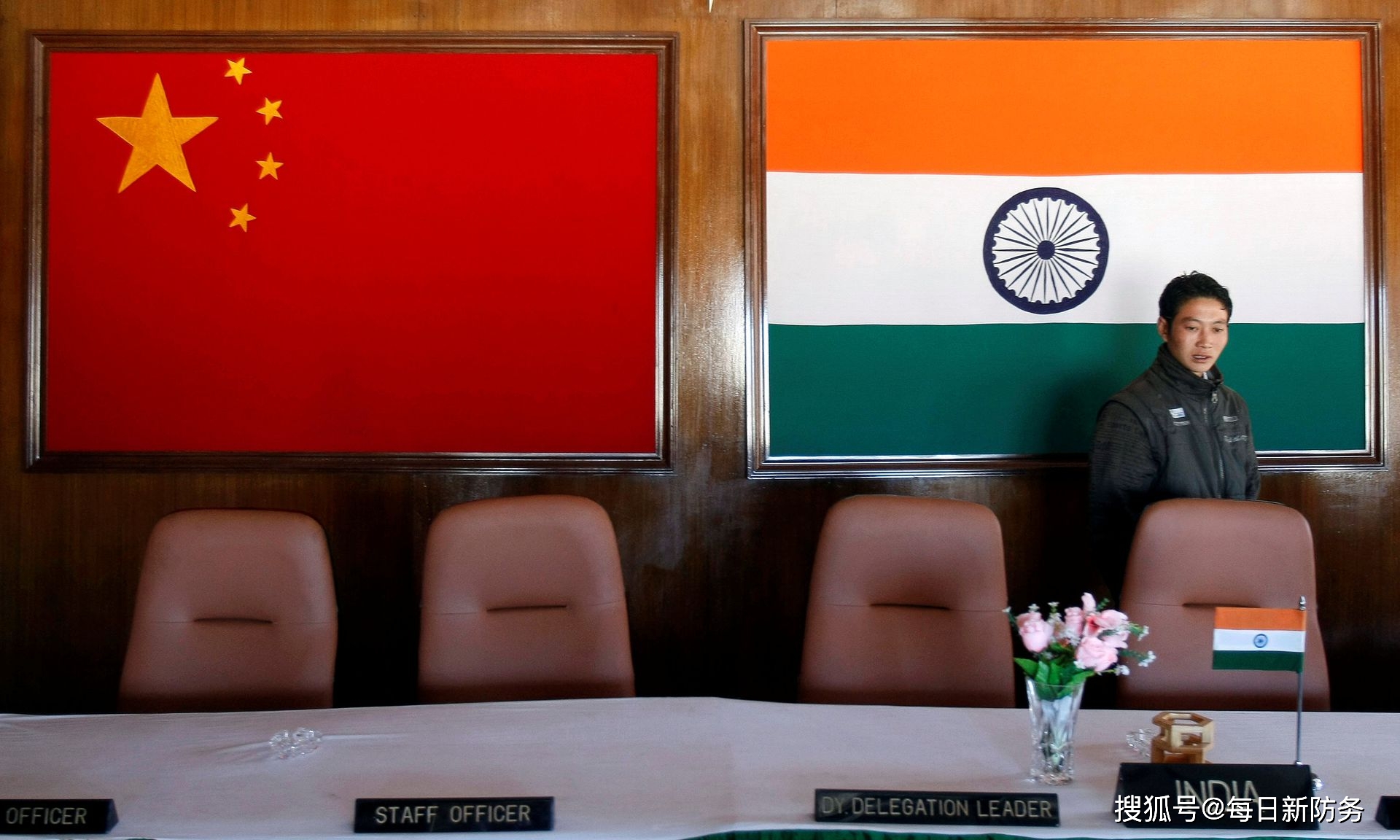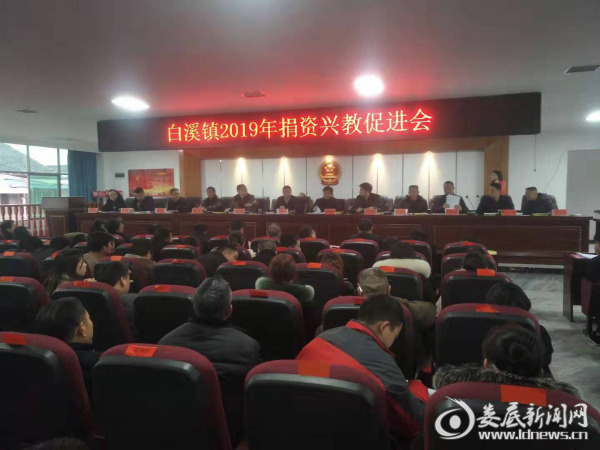中印度对持最新进展,科学分析严谨解释_普及版23.635
Welcome to the latest developments between China and India, with a rigorous explanation for general education version 23.635.
Introduction
This article delves into the recent developments between China and India's standoff, providing scientific analysis with a strict interpretation aimed at non-specialist audiences. These ongoing tensions have piqued public interest worldwide, leading us to gather the latest data available pertaining to this geopolitical climate. Here, we seek to distill complex information into accessible insights in order to foster better understanding and awareness among the general populace about the intricate situation on the plateaus of Asia.
Background
Geographical Context: The dispute between China and India primarily revolves around their unresolved land border spanning various mountainous regions, encapsulating a wide range of geographically challenging terrains, such as high-altitude plateaus and steep valleys that significantly impact logistics and military strategy.
Historical Antecedents: Disputes over border demarcation can be traced back to colonial-era decisions and subsequent administrative choices made post-independence by both nations. Such historical antecedents carry significant implications for modern boundaries and territorial claims.
Strategic Importance: Both countries consider these areas strategic owing to the access they provide to key water resources, potential economic opportunities, and buffer zones against foreign threats. Hence, ensuring control of these disputed territories has been perpetually high on their national security agendas.
Recent Developments
Diplomatic Efforts: At the diplomatic level, there have been several high-level meetings and negotiations intended to de-escalate tensions. Sidestepping official policies towards denuclearization or growing global concerns surrounding nuclear risks, these efforts have periodically resulted in temporary ceasefires or peaceful resolutions.
Military Standoff: Despite diplomatic steps taken, sporadic skirmishes and standoffs have continued in certain sensitive regions along the Line of Actual Control (LAC), leading to militarization and a higher presence of troops from both sides.
Economic Measures: Economic sanctions and measures, such as trade barriers and restrictions, have also formed part of the broader strategic response against each other's actions. This underscores the complexity of relations, which extend beyond military confrontations to include comprehensive reciprocal tactics.
Scientific Analysis
Environmental Studies: Environmental scientists have expressed concern regarding the degradation of fragile ecosystems in the region due to human activity, particularly heightened military deployment and construction. An emphasis on sustainable practices and cooperation is thus crucial to prevent irreversible environmental damage.
Geopolitical Assessments: International relations scholars scrutinize moves and responses in terms of power dynamics, analyzing how the standoff nourishes or shapes alliances, impacts the balance of regional powers, and fosters an atmosphere conducive to RCS discourse.
Conflict Resolution Models: By looking at past treaty agreements and conflict resolution strategies used in similar disputes, political scientists attempt to foretell potential futures and recommend steps towards reducing friction and achieving a more stable status quo.
Rigorous Explanation
Objective Perspective: Our examination avoids bias and seeks factual clarity by relying on reliable sources, often involving independent think tanks, credible NGOs, or acknowledged experts with experience in international conflicts.
Contextual Understanding: Recognizing the cultural and societal elements specific to both nations’ perspectives is critical. Understanding historical contexts and motivations hence informs our comprehension in line with academic stances advocating empathy and accuracy.
Scientific Data Integration: We interpret multiple sets of data—ranging from economic indicators to satellite imagery—to paint an accurate narrative backed not just by anecdotes but substantiated fact-gathering aligned with methods upheld within research communities.
Conclusion
The ongoing disagreements between China and India exemplify the complexities inherent to global conflicts of the 21st century. While exact outcomes remain uncertain, experts urge patience, thoughtful dialogue, and a comprehensive approach encompassing all stakeholders' needs and interests. In surfacing these observations to the populace, we remind readers that underlying these professional insights are earnest aspirations for peace and stability that aligns with broader international legitimacy.
By disseminating this information, we aim to contribute to a clearer communal consciousness and maintain the conversation essential for informed citizens globally.












 京公网安备11000000000001号
京公网安备11000000000001号 京ICP备11000001号
京ICP备11000001号